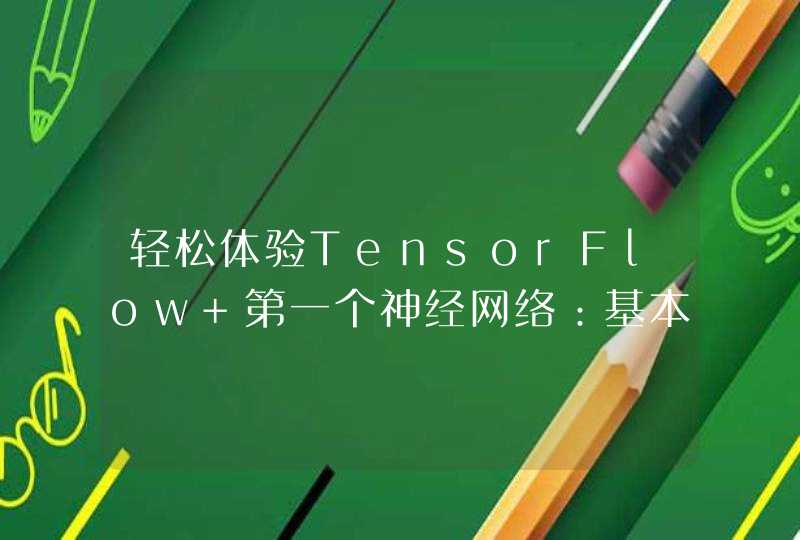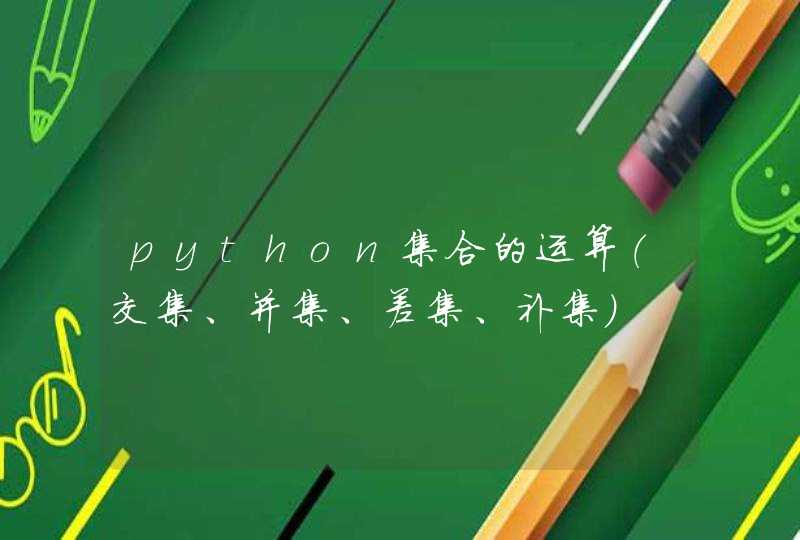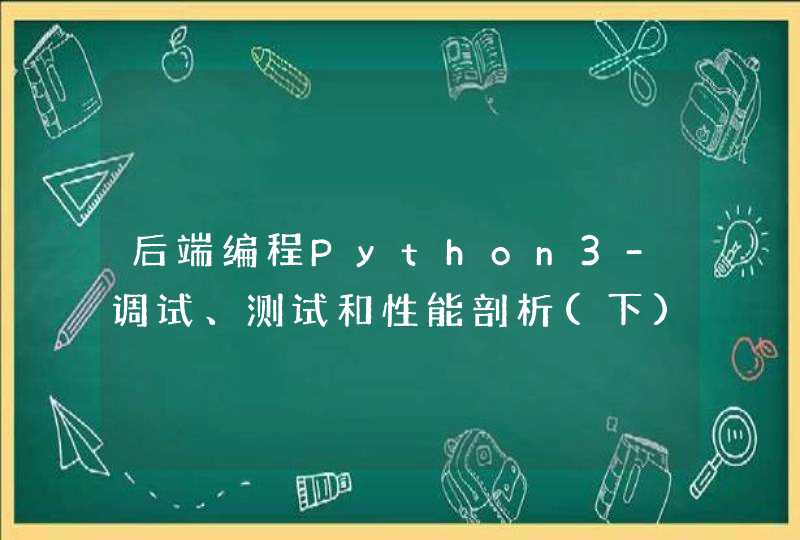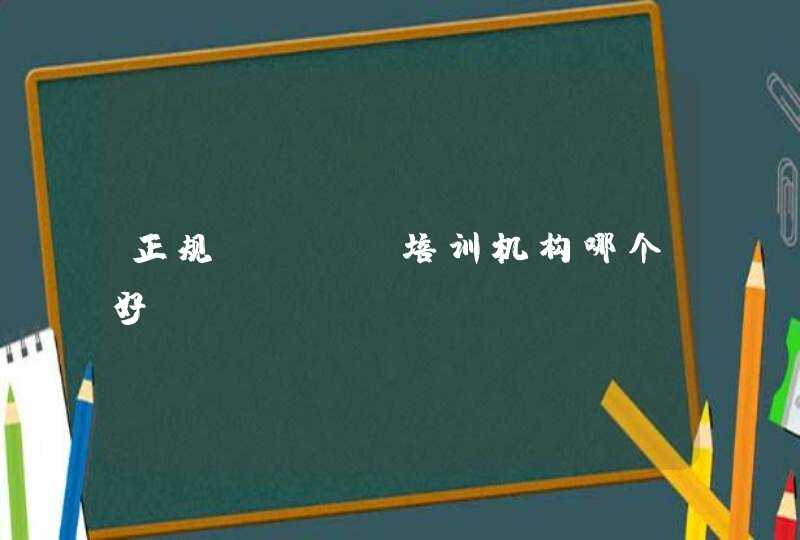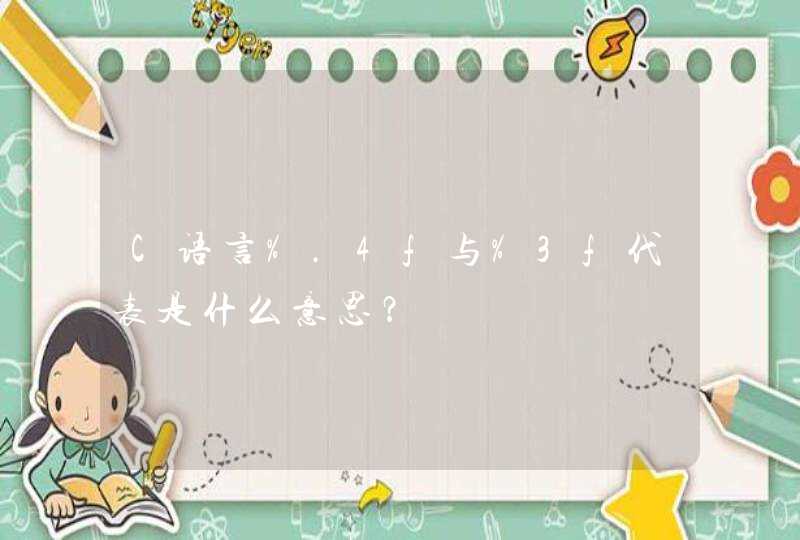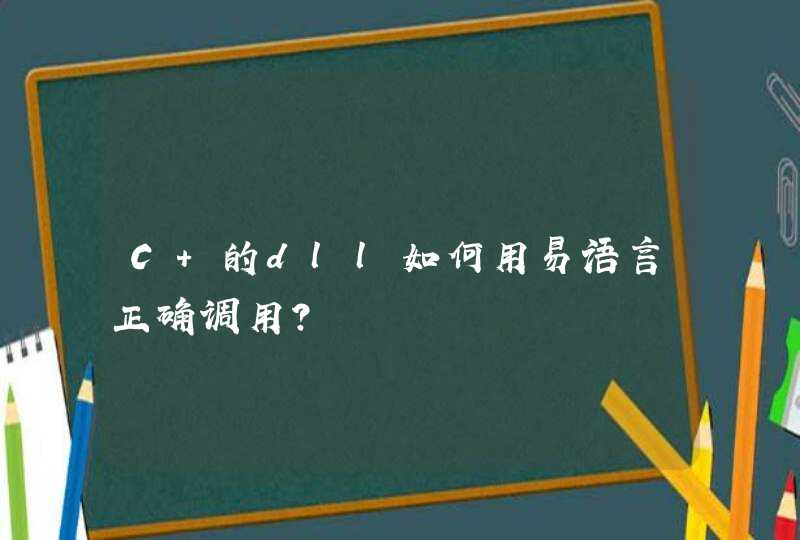
#include <stdlib.h>
#define LENGTH 512//信号长度
/******************************************************************
* 一维卷积函数
*
* 说明: 循环卷积,卷积结果的长度与输入信号的长度相同
*
* 输入参数: data[],输入信号 core[],卷积核 cov[],卷积结果
* n,输入信号长度 m,卷积核长度.
*
* 李承宇, [email protected]
*
* 2010-08-18
******************************************************************/
void Covlution(double data[], double core[], double cov[], int n, int m)
{
int i = 0
int j = 0
int k = 0
//将cov[]清零
for(i = 0 i < n i++)
{
cov[i] = 0
}
//前m/2+1行
i = 0
for(j = 0 j < m/2 j++, i++)
{
for(k = m/2-j k < m k++ )
{
cov[i] += data[k-(m/2-j)] * core[k]//k针对core[k]
}
for(k = n-m/2+j k < n k++ )
{
cov[i] += data[k] * core[k-(n-m/2+j)]//k针对data[k]
}
}
//中间的n-m行
for( i = m/2 i <= (n-m)+m/2 i++)
{
for( j = 0 j < m j++)
{
cov[i] += data[i-m/2+j] * core[j]
}
}
//最后m/2-1行
i = (n - m) + m/2 + 1
for(j = 1 j < m/2 j++, i++)
{
for(k = 0 k < j k++)
{
cov[i] += data[k] * core[m-j-k]//k针对data[k]
}
for(k = 0 k < m-j k++)
{
cov[i] += core[k] * data[n-(m-j)+k]//k针对core[k]
}
}
}
/******************************************************************
* 一维小波变换函数
*
* 说明: 一维小波变换,只变换一次
*
* 输入参数: input[],输入信号 output[],小波变换结果,包括尺度系数和
* 小波系数两部分 temp[],存放中间结果h[],Daubechies小波基低通滤波器系数
* g[],Daubechies小波基高通滤波器系数n,输入信号长度 m,Daubechies小波基紧支集长度.
*
* 李承宇, [email protected]
*
* 2010-08-19
******************************************************************/
void DWT1D(double input[], double output[], double temp[], double h[],
double g[], int n, int m)
{
// double temp[LENGTH] = {0}//?????????????
int i = 0
/*
//尺度系数和小波系数放在一起
Covlution(input, h, temp, n, m)
for(i = 0 i < n i += 2)
{
output[i] = temp[i]
}
Covlution(input, g, temp, n, m)
for(i = 1 i < n i += 2)
{
output[i] = temp[i]
}
*/
//尺度系数和小波系数分开
Covlution(input, h, temp, n, m)
for(i = 0 i < n i += 2)
{
output[i/2] = temp[i]//尺度系数
}
Covlution(input, g, temp, n, m)
for(i = 1 i < n i += 2)
{
output[n/2+i/2] = temp[i]//小波系数
}
}
void main()
{
double data[LENGTH]//输入信号
double temp[LENGTH]//中间结果
double data_output[LENGTH]//一维小波变换后的结果
int n = 0//输入信号长度
int m = 6//Daubechies正交小波基长度
int i = 0
char s[32]//从txt文件中读取一行数据
static double h[] = {.332670552950, .806891509311, .459877502118, -.135011020010,
-.085441273882, .035226291882}
static double g[] = {.035226291882, .085441273882, -.135011020010, -.459877502118,
.806891509311, -.332670552950}
//读取输入信号
FILE *fp
fp=fopen("data.txt","r")
if(fp==NULL) //如果读取失败
{
printf("错误!找不到要读取的文件/"data.txt/"/n")
exit(1)//中止程序
}
while( fgets(s, 32, fp) != NULL )//读取长度n要设置得长一点,要保证读到回车符,这样指针才会定位到下一行?回车符返回的是零值?是,非数字字符经过atoi变换都应该返回零值
{
// fscanf(fp,"%d", &data[count])//一定要有"&"啊!!!最后读了个回车符!适应能力不如atoi啊
data[n] = atof(s)
n++
}
//一维小波变换
DWT1D(data, data_output, temp, h, g, n, m)
//一维小波变换后的结果写入txt文件
fp=fopen("data_output.txt","w")
//打印一维小波变换后的结果
for(i = 0 i < n i++)
{
printf("%f/n", data_output[i])
fprintf(fp,"%f/n", data_output[i])
}
//关闭文件
fclose(fp)
}
1.最简单的方法:public static String reverse1(String str)
{
return new StringBuffer(str).reverse().toString()
}
2.最常用的方法:
public static String reverse3(String s)
{
char[] array = s.toCharArray()
String reverse = "" //注意这是空串,不是null
for (int i = array.length - 1i >= 0i--)
reverse += array[i]
return reverse
}
3.常用方法的变形:
public static String reverse2(String s)
{
int length = s.length()
String reverse = "" //注意这是空串,不是null
for (int i = 0i <lengthi++)
reverse = s.charAt(i) + reverse//在字符串前面连接, 而非常见的后面
return reverse
}
4.C语言中常用的方法:
public static String reverse5(String orig)
{
char[] s = orig.toCharArray()
int n = s.length - 1
int halfLength = n / 2
for (int i = 0i <= halfLengthi++) {
char temp = s[i]
s[i] = s[n - i]
s[n - i] = temp
}
return new String(s) //知道 char数组和String相互转化
}







